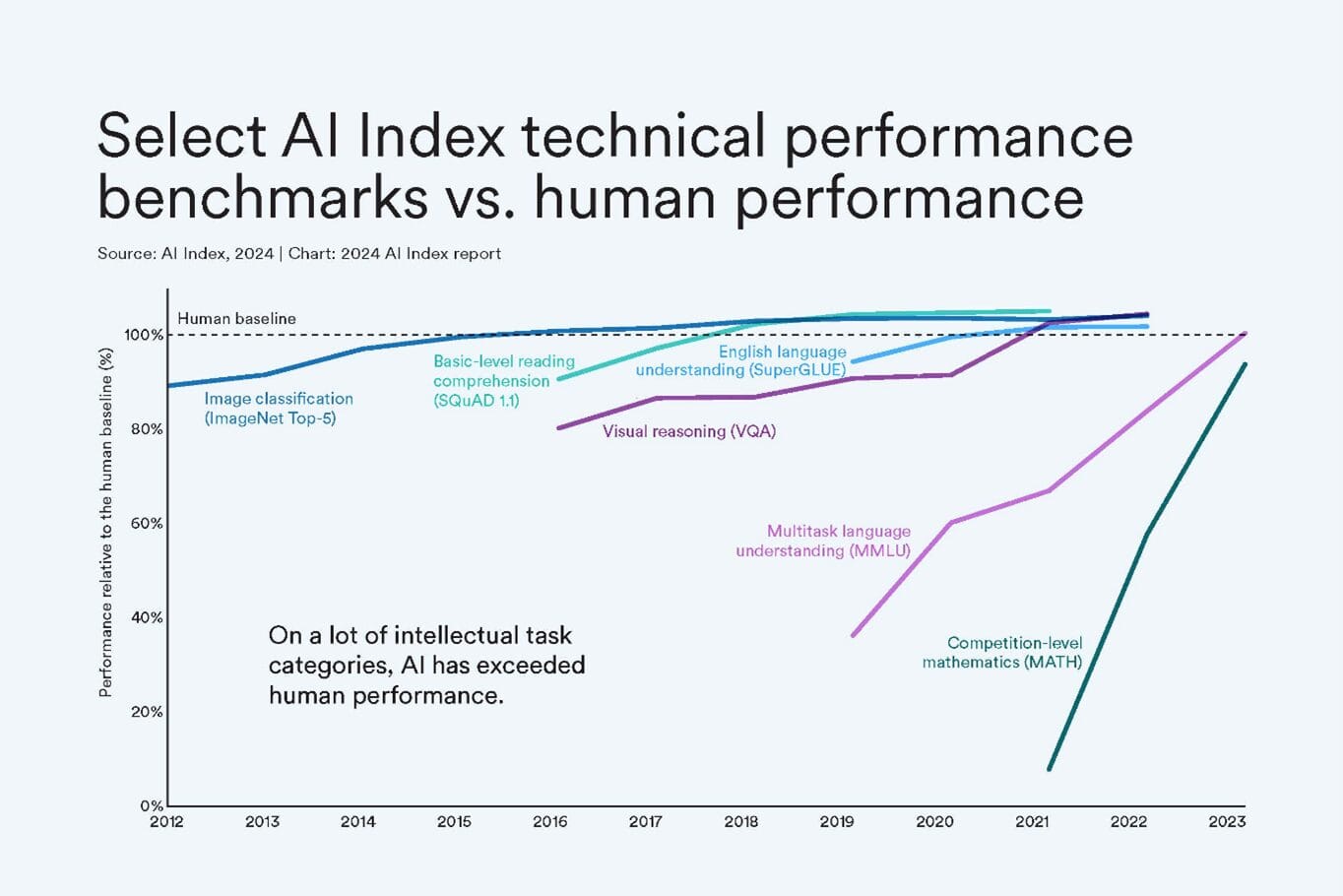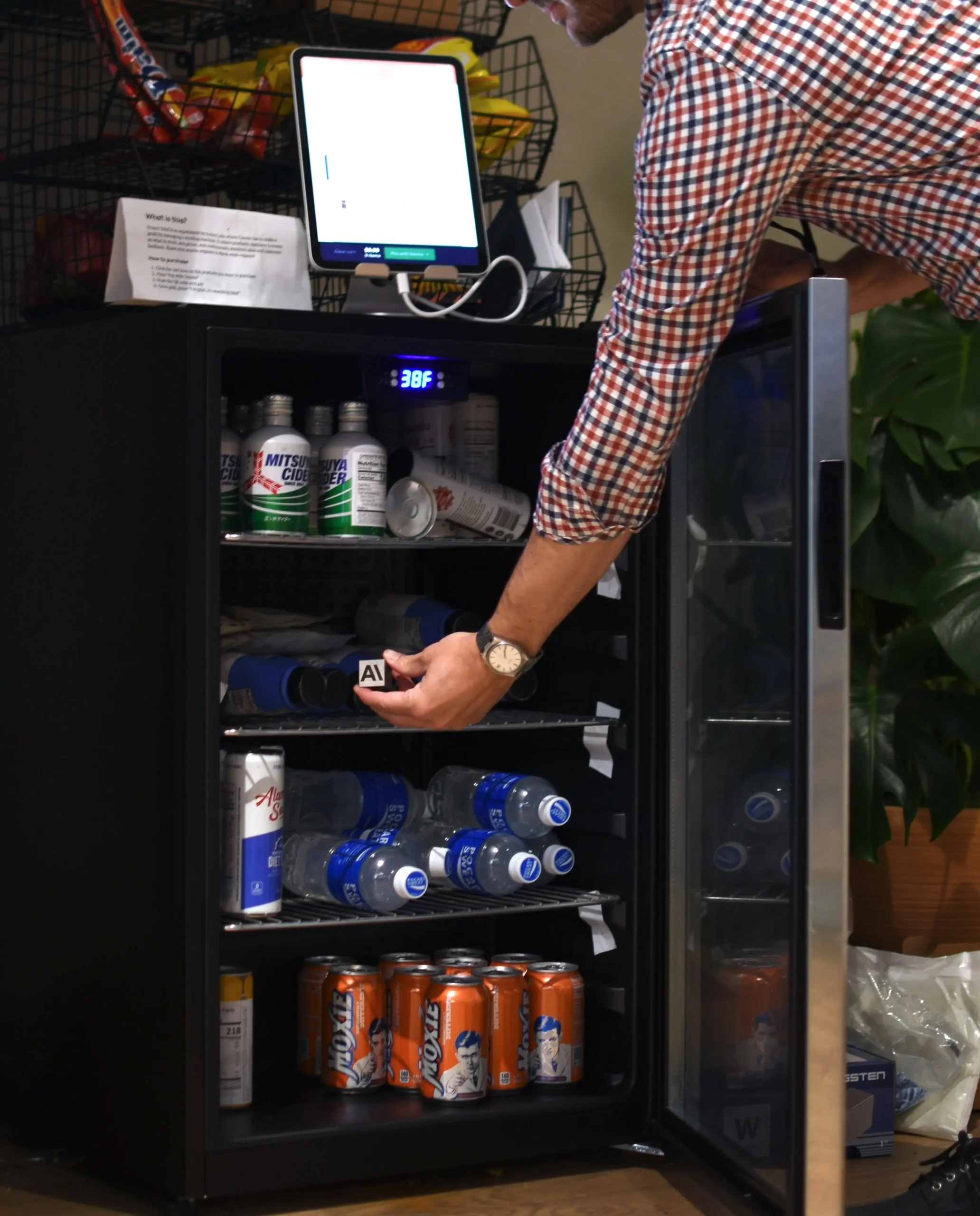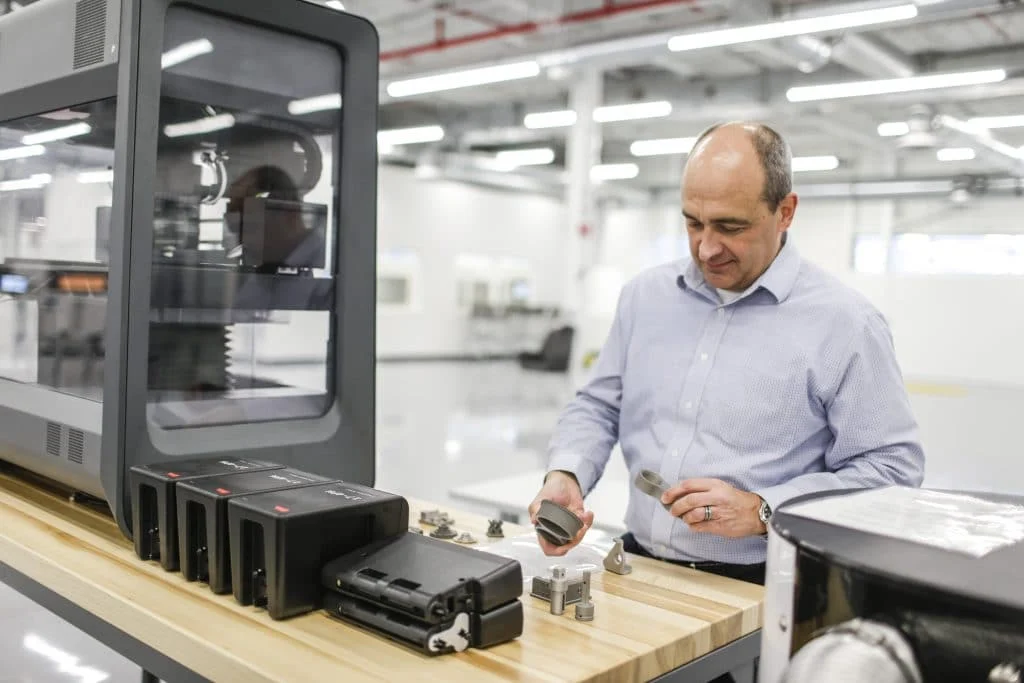
There are two types of CoEs that companies build when embarking on their data & analytic journey. The first is what most companies start with, which is a Center of Excellence. This type of CoE is typically formed by teams with deep data science backgrounds and focuses on delivering data governance, analytic governance, and building solutions for the business.
The Center of Excellence frequently operates like an IT organization. Requests tend to come in to build new solutions, and analytic professionals prioritize and deliver these to the business. These projects tend to be the most significant opportunities and frequently have high levels of difficulty.
The second type of CoE is the Center of Enablement. This type of CoE is focused on upskilling as many knowledge workers as possible, helping provide the tools, techniques and training so that they can better envision solutions and in many cases build the analytics themselves.
The COE2 Construct Used by Leading Analytic Organizations

Companies with advanced analytic maturity tend to be quite balanced between these two approaches. A single group performs both functions of the CoE. When a request comes in, they quickly assess whether the right answer is to rapidly enable the user to self-service, or if the savings are large, and the level of difficulty is well past where the requester is at, the CoE will switch modes to build the solution in partnership with the user.
Companies that form separate teams sometimes fall into the trap of competing with each other. One team is trying to build the solution, while another is hoping to enable the user.
Furthermore, the top teams tend to be centrally funded. There is no need to bill out the work. While this is different from how many IT teams function, it is quite normal for nearly all other functions in the business (e.g. Finance and HR don’t tell requestors that they will need to initiate a funding transfer to obtain assistance). This funding model allows rapid solutioning to occur, especially with more minor engagements from the business, when data and analytics can provide insights and answers in minutes and hours.
The Challenge of a Center of Excellence Only Model
One of the key challenges for teams that are focused on delivery of key projects (vs. enablement) is that of capacity. Over time, if the team is successful, incoming requests far outpace capacity. Without the ability to enable users, the team rapidly becomes the “No” team, as most requests get denied due to lack of resources.
With the ability to offer enablement, the team can instead share that while they may not be able to build the solution for the requestor, they can provide tools and training so the problem can be solved.
Center of Excellence teams also tend to find over time that nearly all their resources are going towards maintaining solutions versus developing new ones. If they are able to enable users, much of the maintenance work can then move to the teams that own the solutions, and the data scientists can move on to new challenges and deliver more value.
The Characteristics of a Center of Enablement
Unlike a typical Center of Excellence, the Center of Enablement tends to be the home of change agents. While team members have amazing analytic skills, they are natural teachers, can inspire people to see new ways of working, and ultimately can drive the business forward through influence.
The CoE2 Delivers A Networked Effect
When the business becomes more knowledgeable about data science, the requests that come in change. Instead of asking a data scientist for a dashboard, the request is for an optimization algorithm. When conversations between the CoE and the business occur, there is a new level of understanding of data structures, data quality, and analytic methods. The outcome is that the enabled business results in a higher performing Center of Excellence. Adoption of solutions increase. Employee satisfaction from both the business and analytic professionals increases significantly.
What Type of Team Do You Have?
Are you 90% building solutions and 10% educating? Or 90% enabling and 10% solving? Or does your team have a more balanced approach? The organizations with incredible analytic maturity and the strongest return on their analytic investments tend to be balanced (40%/60%, 60%/40%, or even 50%/50%).






